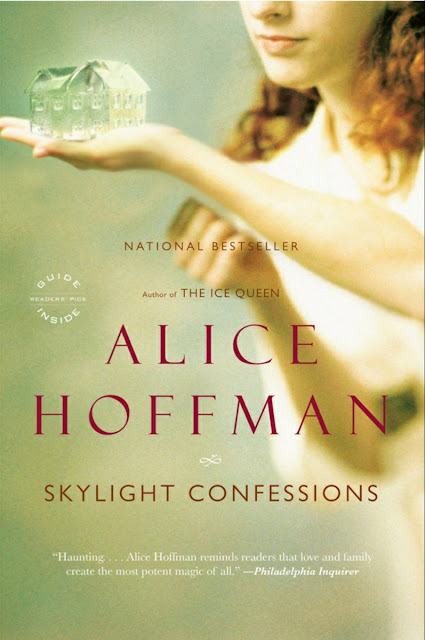THE GLATSTEIN CHRONICLES By Jacob Glatstein, Part One - Homeward Bound- first published 1936 - translated from Yiddish by Maier Deshell and Norbert Guterman -2010- with an Introduction by Ruth Wisse
Jacob Glatstein
April 20,1896 - Lublin, Poland
1914- emigrated to New York City (due to increasing antisemitism) - joining his uncle-In NYC, he found thatYiddish, the common language of several million immigrants, generated newspapers, theater companies, publishing houses, humor magazines, a music industry, and an aspiring high literary culture. He began a long very successful career as a writer in various genres.
November 19,1971- New York City
The Voyage Out is part One of a fictionalized personal account of a Yiddish writer who returns to Poland in 1934. Conceived as a trilogy, this project was begun shortly after Glatstein returned to New York. The first installment appeared in the little magazine Inzikh (In the self) in 1934, and the book Ven yash iz geforn (When Yash set out) was published three years later. In The Voyage Out the preponderance of plotting takes place on a seven day cruise from New York City to Paris. From Paris the narrator travels on to Lublin to see his mother. He has not seen her since he emigrated to New York City twenty years ago. His siblings sent him a letter saying "hurry back, your mother will die soon".
In her introduction Professor Wisse compares The Voyage Out to The Magic Mountain by Thomas Mann (published in 1924).
After departing and checking into his second class cabin, he begins to explore the ship. He evaluates everyone by their lucks, especially women. On this seagoing Magic Mountain there are numerous ethnic categories he sees. The narrator has lots of conversations with other Jews about the good and bad aspects of being Jewish. The impending disastrous shadow of Hitler ominously looms over all the Jewish passengers. Of course in 1936 no one knew how bad it would be for Polish Jews. There are groups of Russians, some born in America, believe firmly in the dream of a communist state. Others have fled from Stalin.
When the ship lands, ship board connections are quickly forgotten.
Aboard ship people feel free to embellish there travel plans. A trip to visit a tin-smith uncle becomes a journey to inherit a huge tin mine.
Many on ship want a bit of romance. The presentation of women in The Voyage Out is very descriptive of their bodies, with a fixation on bosom and bottom sizes. A group of 15 year old girls are up for anything.
There a lots of very telling conversations. Some passengers just want a captive audience. Class lines are very clear aboard.
"Unlike his Yiddish contemporaries and predecessors who were raised mostly on Russian, Polish, and German literatures, Glatstein also read Anglo-American literature, including T. S. Eliot,Ezra Pound, and James Joyce—expatriates like himself, who rendered the disintegration of their inherited traditions as masterworks of wasteland and exile...The Glatstein chronicles stretch like a tightrope across a chasm. Book One, “Homeward Bound,” opens as the poet sets out for his native city and ends with the train conductor’s call for “Lublin!”. From Professor Wisse's introduction
I will share a few passages- the news of the Night of the Long Knives has reached the ship:
"I realized that to the Gentiles, Hitler meant something altogether different than he did to me. My non-Jewish fellow passengers . . . regarded Hitler as merely Germany’s dictator. To me, to 600,000 German Jews, and indeed to all the 17 million Jews worldwide, Hitler was the embodiment of the dreaded historical hatemonger, latest in a long line of persecutors that stretched from Haman . . . wielding a bloody pen that was writing a dreadful new chapter of Jewish history." This is not just a novel, but a prophecy.
The fact is that a real war is being waged against us, a war of attrition . . . There’s no escaping it: all the countries have imposed a siege . . . Believe me, the Poles are much cleverer than Hitler. They don’t rant and rave, they just pass over our bodies with a steamroller and drive us right into the ground . . . Formerly you could escape by emigrating. Today our people are staring death in the eyes...
“It started with Pharaoh who bathed in the blood of Jewish children. Why, oh why, why do we deserve this, Mr. Steinman? What do they have against us, Mr. Steinman?”
“Ah, you’re raising fundamental questions,” Steinman said. He had become grave. “You want to go to the root of things. Well, I’ll tell you: they want to destroy us, nothing less. Yes, to destroy us. For instance, take me—I am a patriotic Pole. And yet they’d destroy me too. They want to exterminate us, purely and simply. Yes, exterminate us.”
Thecprecarious situation of European Jewry comes more clearly into focus. On his way through Germany en route to Warsaw, the train is boarded by a group of Hitler Youth. “My first reaction wasn’t rage but childish surprise, that what I had only read or heard about I was seeing with my own eyes,” the narrator notes. “I thought of New York, where giant rallies were being held, protesting these very salutes, and here I had spanned the magical distance and come face to face with the actuality.” Later, upon arriving at his aunt’s home in Warsaw, he observes: “My aunt had never been known to keep a neat house, but now the gloom stemmed from poverty, not sloppy housekeeping. The difference was obvious. Poverty wasn’t merely black but muddy black, the earthy color of things about to crumble.
I am very grateful to the publisher and translators for making this powerful work available in English.
I will post on part two, set in Poland soon.
Mel Ulm


















